Have you heard of the Mazda 787B? It’s a race car that made history in 1991 when it won the 24 Hours of Le Mans, the most famous and prestigious endurance race in motorsport. But did you know that this car was banned shortly after its victory? In this post, I will explain why the Mazda 787B was prohibited from competing and why it is considered one of the most legendary cars of all time.
The Mazda 787B was very different from its rivals. While most race cars used gasoline engines with pistons and cylinders, the Mazda 787B featured a Wankel rotary engine, which had a triangular shape and rotated around an axis. This type of engine had some advantages: it was lighter, more compact, and more powerful than conventional engines. In addition, it produced a unique and high-pitched sound that made the Mazda 787B stand out on the track.
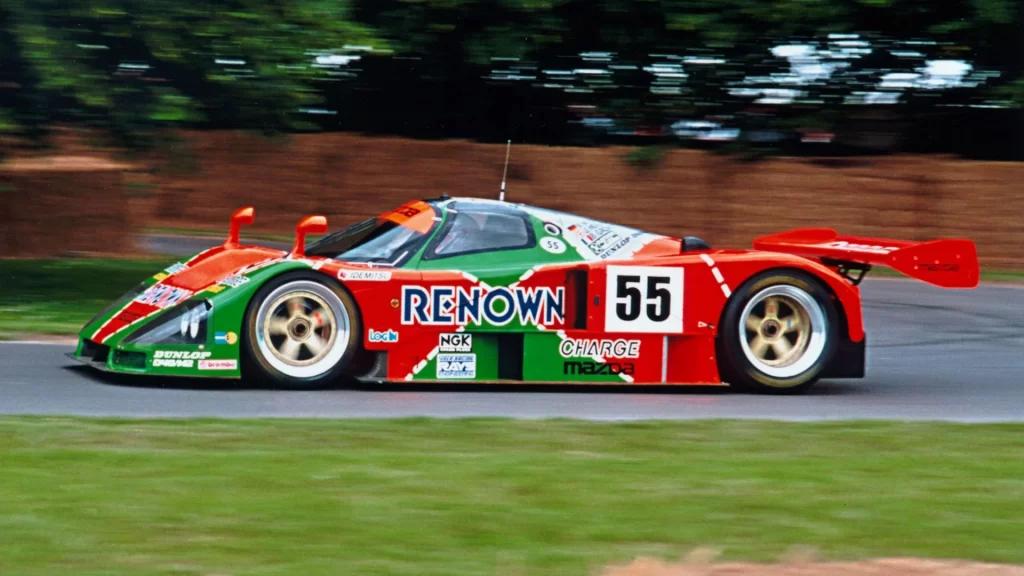
However, the rotary engine also had some issues: it consumed more fuel, emitted more pollutants, and was more difficult to tune. For this reason, the Fédération Internationale de l’Automobile (FIA), which regulated the Le Mans races, decided to limit the displacement of rotary engines to 2.6 liters, while gasoline engines could be up to 3.5 liters. This meant that the Mazda 787B had less power than its competitors, such as the Porsche 962C, Jaguar XJR-12, and Mercedes-Benz C11.
Nevertheless, the Mazda 787B had other strengths up its sleeve: it was very reliable, aerodynamic, and well-balanced. Additionally, it had a team of talented and experienced drivers: British driver Johnny Herbert, German Volker Weidler, and Frenchman Bertrand Gachot. They managed to take the Mazda 787B to victory in the 1991 24 Hours of Le Mans after completing 362 laps without any mechanical issues. It was the first and only time a Japanese car and a rotary engine won this race.
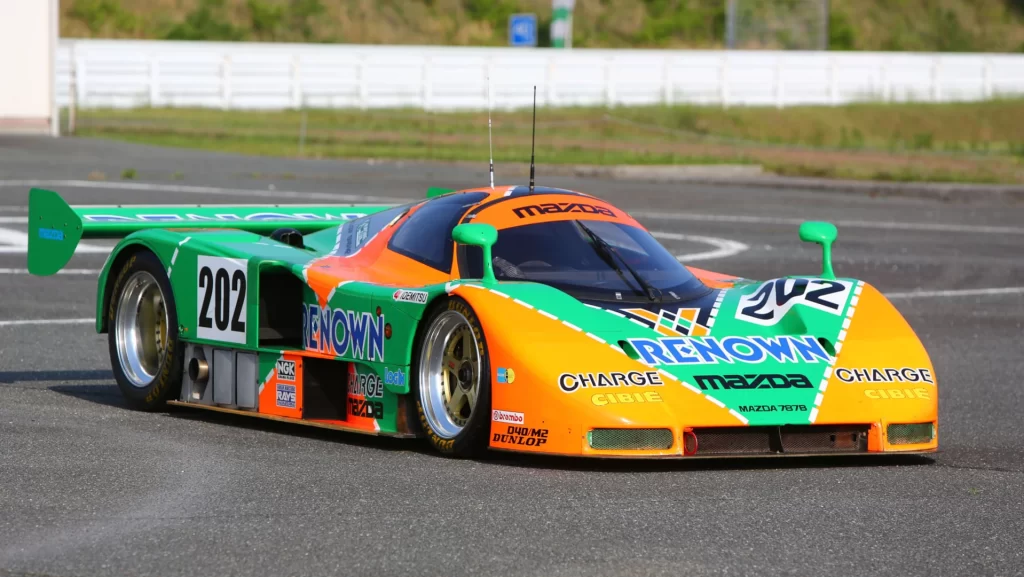
But this victory was also the last for the Mazda 787B. The FIA decided to change the rules for the Le Mans races starting in 1992, banning rotary engines and requiring that cars be based on street models. This led to the Mazda 787B being banned from the tracks, with no chance to defend its title. Many fans were outraged by this decision, which they deemed unfair and arbitrary.
The Mazda 787B entered the history books as one of the most incredible and innovative cars in motorsport. It is admired for its beauty, performance, and unmistakable sound. It symbolizes the determination, creativity, and passion of the Japanese for motorsport. It is a car that will never be forgotten.
Author: Fabio Isidoro
Founder and editor-in-chief of Canal Carro, he dedicates himself to exploring the automotive universe with depth and passion. A car and technology enthusiast, he produces technical content and in-depth analyses of national and international vehicles, combining quality information with a critical eye for the public.

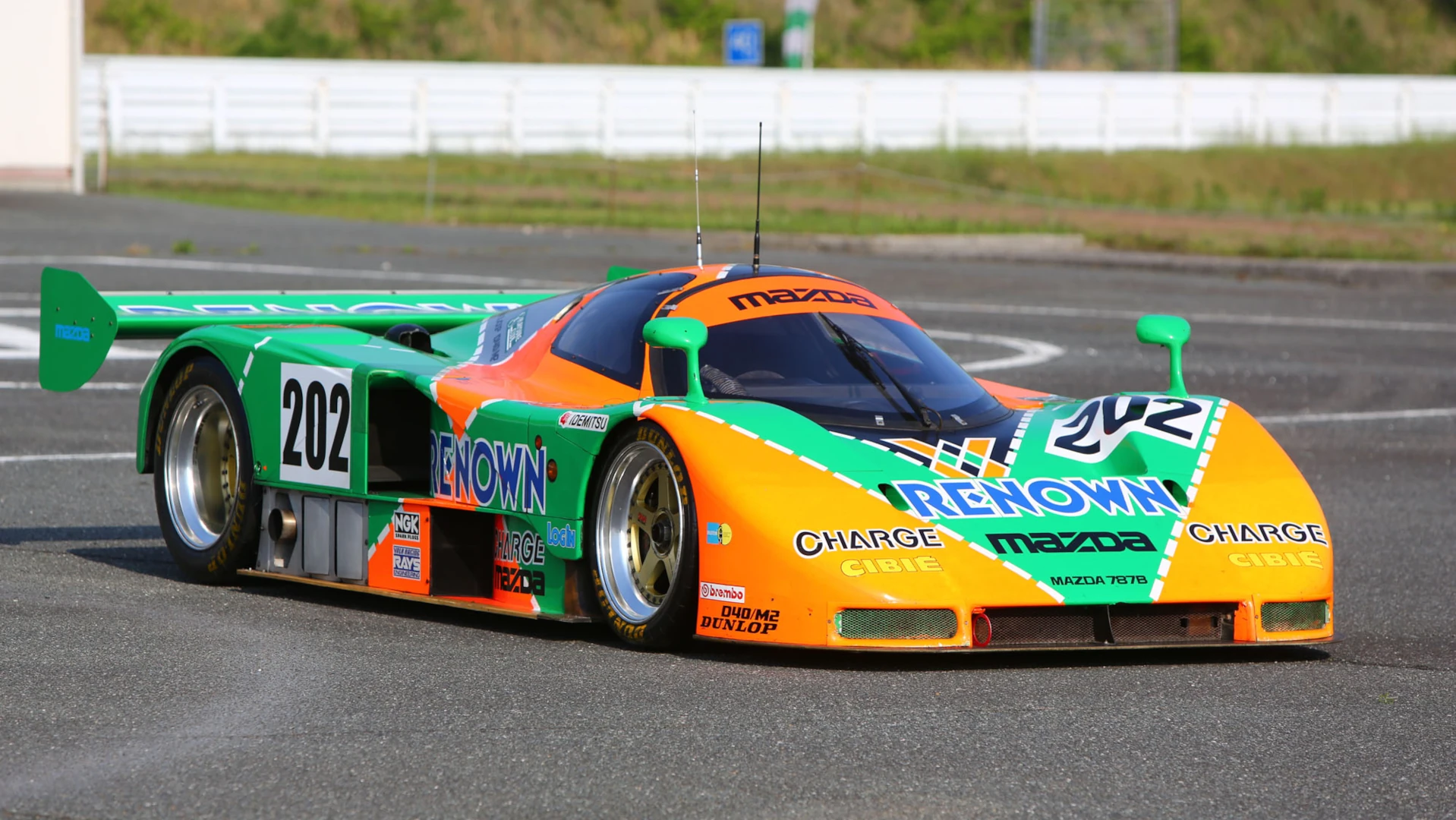
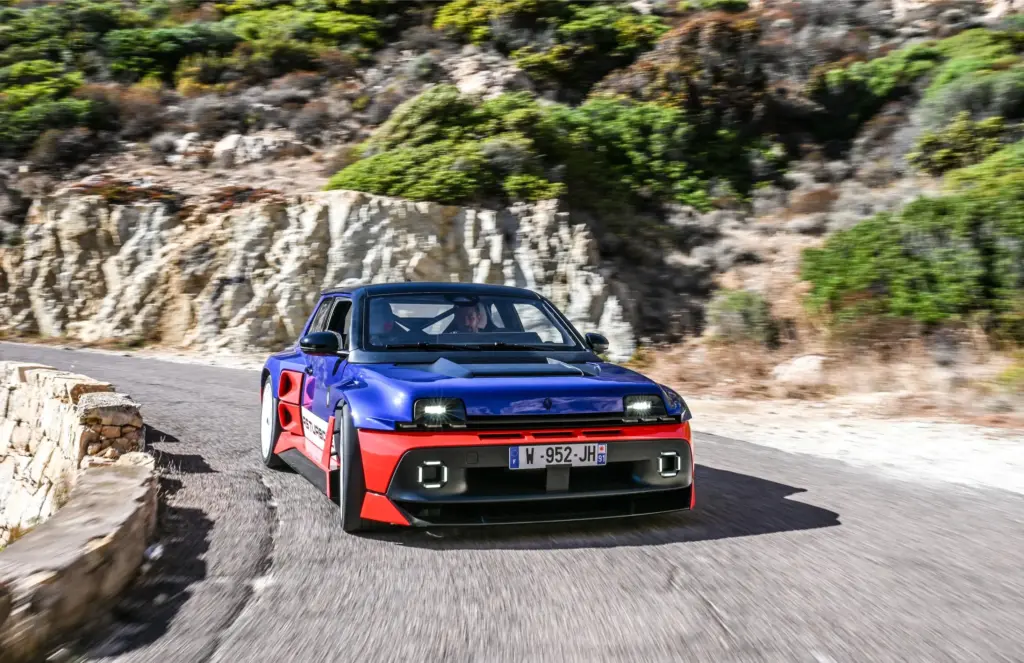



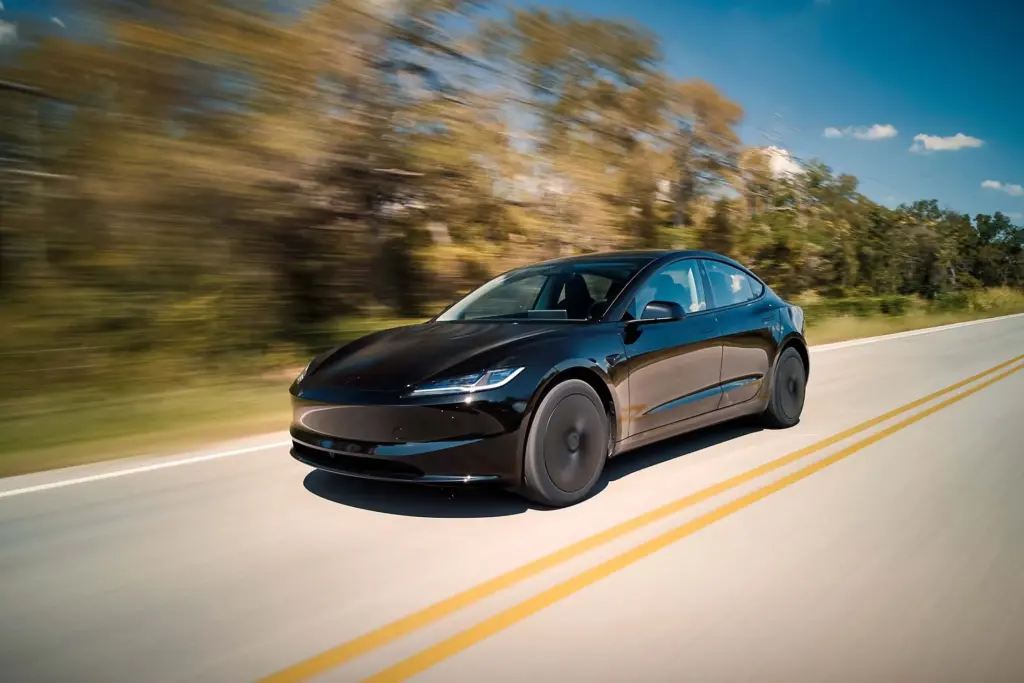
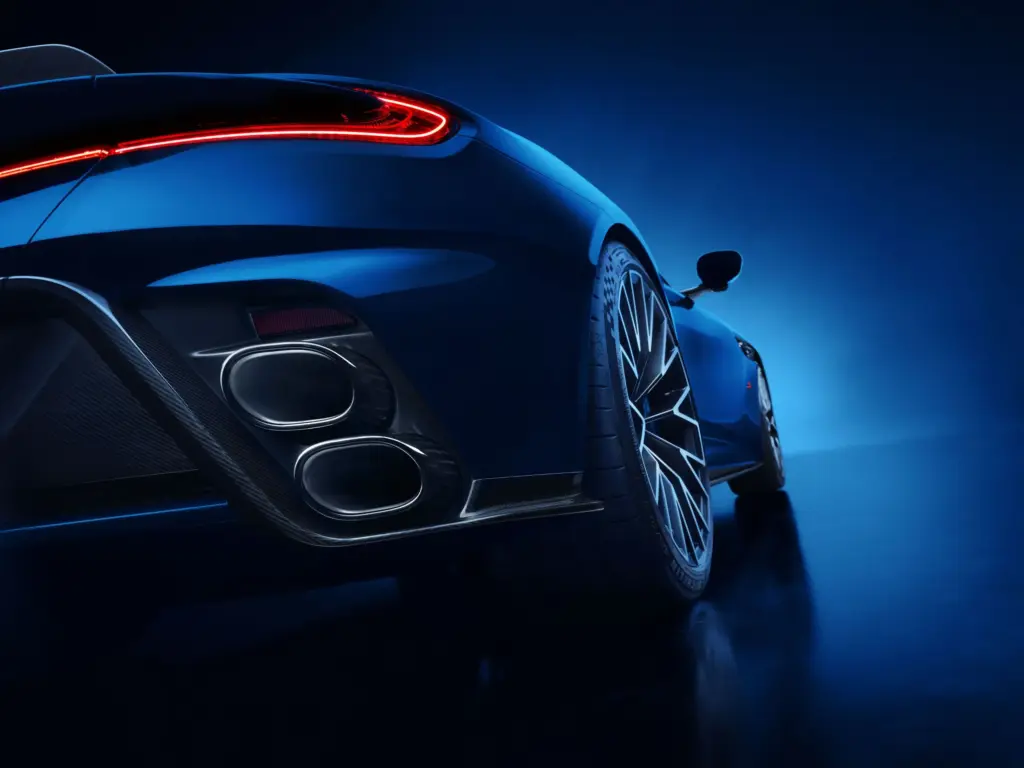
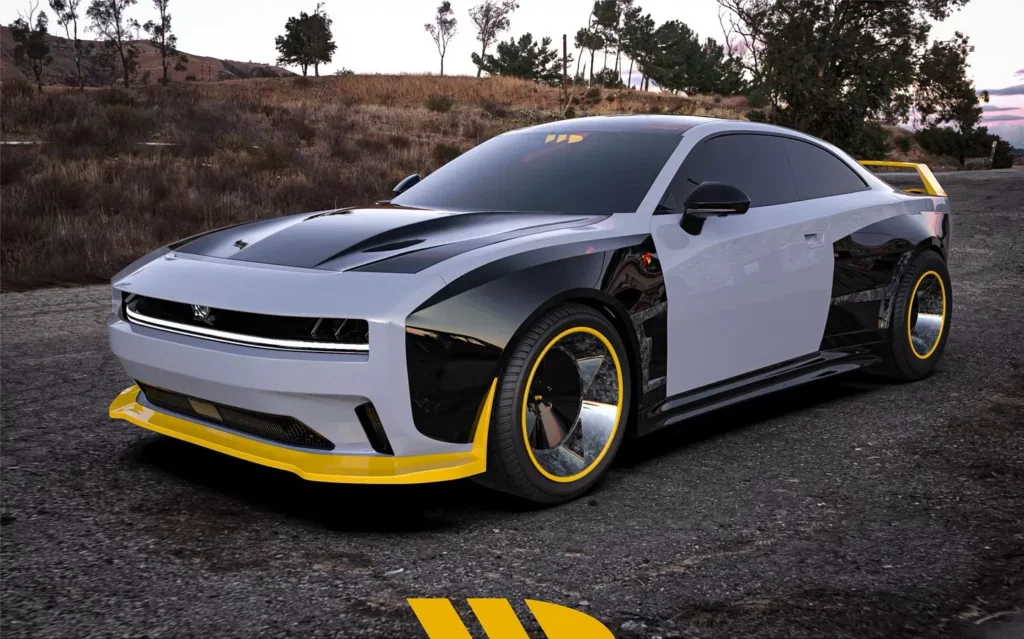
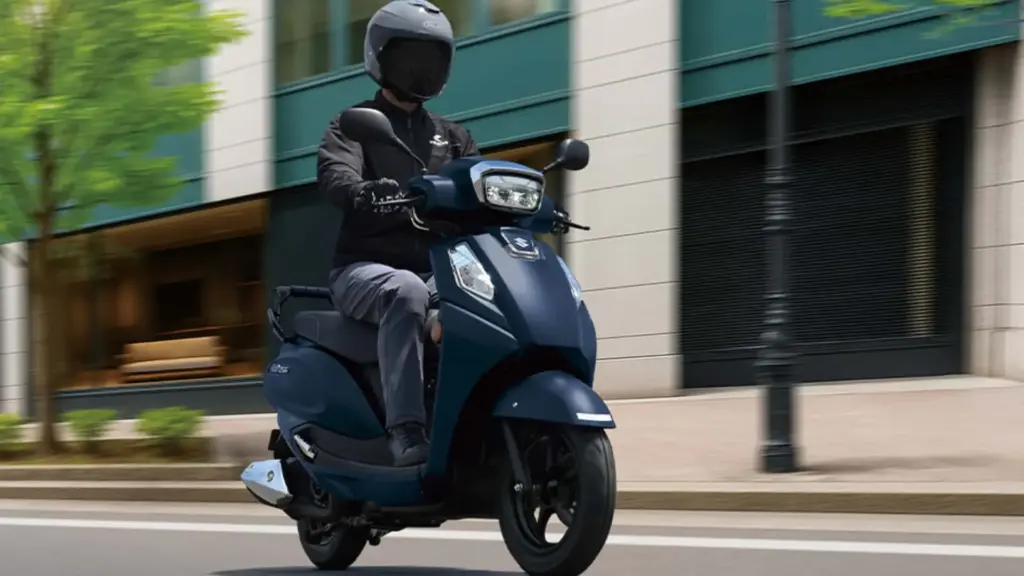
Was it really banned for being to fast? The short answer is no. The rotary was only banned because of rules that where already in the making. To be honest the 3.5L rule was supposed to be implemented the year of it’s victory, but the 3.5Ls where proved unreliable causing the the teams to switch to last year’s cars. The ban of the rotary was only a byproduct of the 1991 rules being enforced for 1992. For this reason the ultra reliable 787B never had it’s rotary engine return. Also if it was so fast why didn’t it win the 1990 race?
You’re right, the Mazda 787B wasn’t banned for being too fast. The rotary engine ban was a consequence of rule changes related to engine displacement and a shift towards cars based on street models. The 3.5L rule was supposed to be implemented in 1991, but reliability issues caused teams to use older cars. The 787B’s reliability was a key factor in its 1991 win, not necessarily its outright speed, and it didn’t win in 1990, further supporting your point.